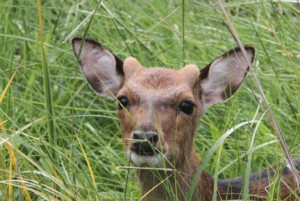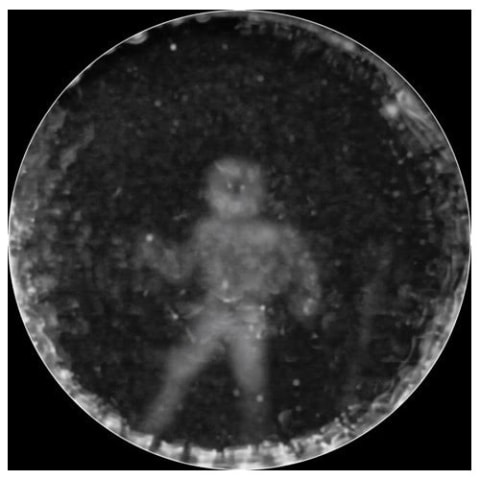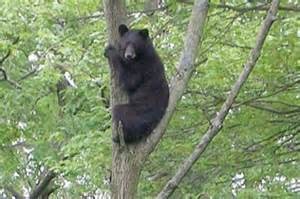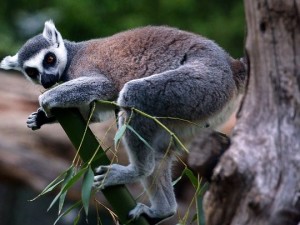Over the weekend, I watched a beautiful film called Meru. It’s about three of the most famous climbers, two of which are North Face photographers/filmmakers, and the story of how they were, eventually, the first people to ever summit Meru mountain in India. Some of the visuals, many of which are not at mount Meru, take your breath away because they are so gorgeous. The story, itself, is truly fascinating as well.
I bring up this film because I noticed that, after being in Cultures, I viewed it quite differently than I would have before this semester. I more deeply analyzed the cinematography (thanks, Andy) and was able to see how production decisions added to the meaning of the film. I could also put many of the dialogue and story in the broader context of how humans interact with nature. This movie features, almost exclusively, professional climbers who work with The North Face, National Geographic, Outside Mag, etc., so I did a lot of thinking about what these kinds of people can contribute to the dialogue about how humans should interact with nature.
Renan Ozturk, Jimmy Chin, & Conrad Anker are, no doubt, extreme thrill seekers with an inhuman ability to read their own bodies as well as their natural surroundings, which, in many circumstances, could kill them. It was incredibly interesting to see how these three men, an many others interviewed for the film, find the most meaning in their lives through extreme climbing, skiing, and other sports where one false move or bad luck could end your life. At one point, I felt like they were disrespecting nature by pushing those boundaries, but by the end of the film, I realized that their motivations were not to antagonize danger, but to risk it in order to experience nature at a level very few people ever will.
P.S. WATCH THIS MOVIE, IT’S SO GREAT!
P.S.S. If you have an instagram, follow these three men. You won’t be disappointed.




